When you just get into gardening, the thrill of seeing plants grow, develop, and thrive is hard to describe. From just a tiny seed or a fragment of a cutting all the way to a mature plant, it really is something to see!
But sometimes a plant will make it, other times it won’t. When they don’t, it’s usually because they didn’t get the right nutrition!
All plants need the same basic nutrients in the form of nitrogen, phosphorus, and potassium, but for seasoned gardeners, the trick is learning which plants need how much of a given nutrient and at what time. They’re all different, and that’s half the challenge- and half the fun!
Today we’ll be looking at 21 garden plants that love lots of phosphorus. Fail to get these plants the “P” they need and you’ll be disappointed, but reward them with plenty of it and you’ll enjoy a bumper crop.
Hydrangeas
Hydrangeas are some of the most beloved decorative flowers out there, and there are many different varieties. But one thing all of them have in common is that they are seriously hungry for phosphorus.
All hydrangeas depend on ample phosphorus in order to grow strong and also to produce large, colorful and plentiful blooms. More phosphorus means a better return with your hydrangeas so don’t neglect it!
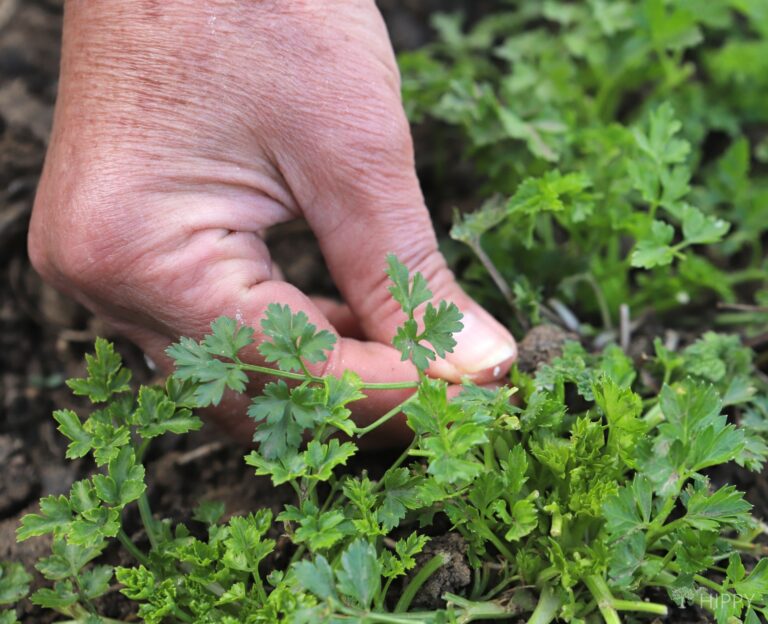
Parsley
Parsley is most often responsible for bringing a pop of green color to a finished entree as a garnish, but don’t sleep on parsley as a phenomenally healthy salad vegetable or ingredient.
Positively crammed with vitamins and minerals, and having a truly excellent flavor on its own, you can make parsley a fixture of your garden if it gets enough phosphorus.
Without this mineral, the nutritional profile and the flavor of your parsley will suffer. Make sure it gets enough, and I predict you’ll be growing it all year!
Cabbage
Cabbages are among the most popular and versatile leafy vegetables enjoyed the world over. In fact, they show up in nearly every kind of cuisine you can think of!
And if you want large, full heads of cabbage that are crisp, delicious and nutritious you’ve got to give them phosphorus.
A pronounced lack of phosphorus may cause your cabbage heads to fail to form at all, and if they do they will be scrawny and flavorless.
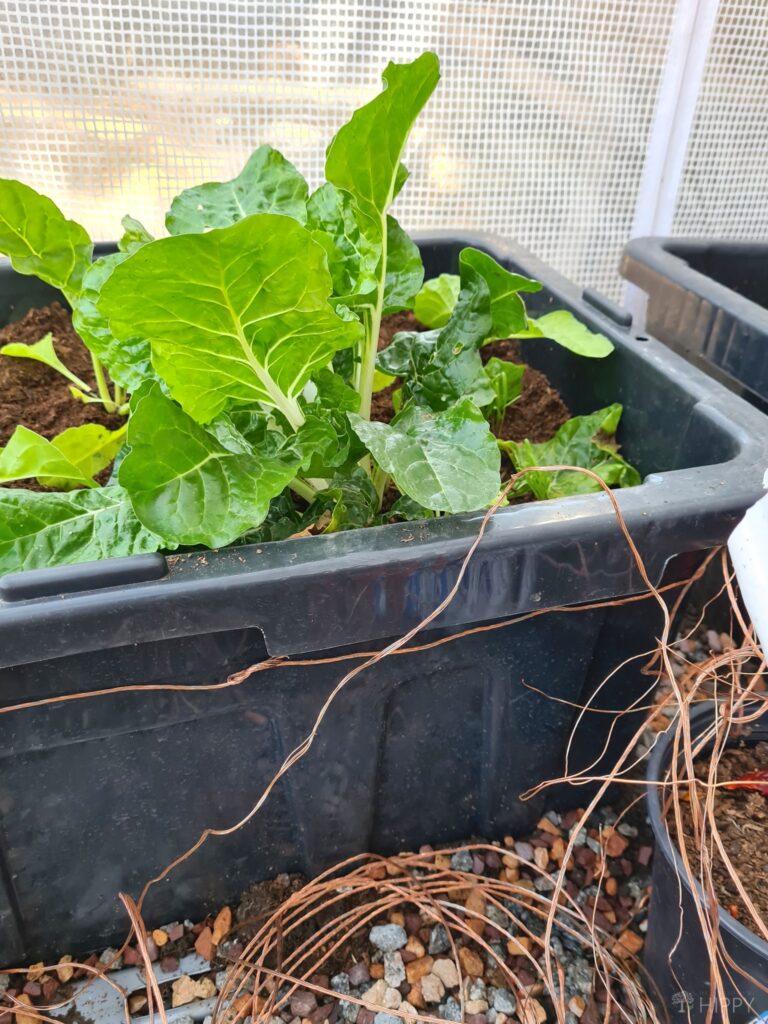
Spinach
One of the oldest and still one of the best genuine superfoods, spinach is somewhat infamous for needing tons of nitrogen in order to grow large and healthy, but you can’t neglect the phosphorus either.
Phosphorus will help spinach develop properly, and also enhance its taste, making it crisp and flavorful. If your spinach plant is looking wilted or droopy, it could be missing out on phosphorus- assuming it is getting enough water.
Apples
Apples are among the most versatile and beloved fruits that anyone can grow. And, every variety of apple tree needs a good amount of phosphorus to grow vigorously, and to extend roots into the soil deep and wide.
It doesn’t seem like phosphorus pays off directly for your developing fruit, but if you have a little bit of patience, you’ll see that the tree will take care of the fruits just fine as long as you get it enough phosphorus to it early on.
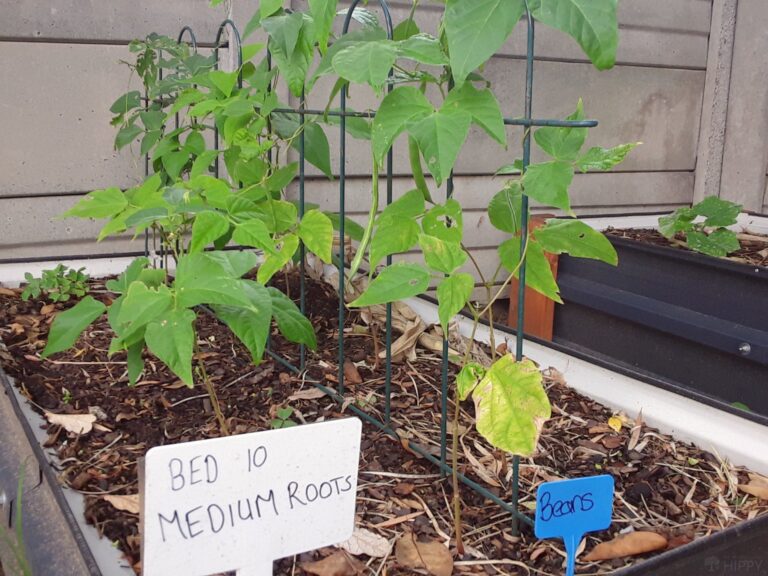
Beans
There’s a huge variety of beans that you might grow in your garden, from green beans, wax beans, yellow and navy beans to the more common pea cultivars.
These plans can be hugely different, both in their growth habit and in their culinary applications, but one thing they all have in common is that they crave phosphorus.
All bean varieties need plenty of phosphorus to properly develop their seed pods and also to establish healthy root networks that can take up other nutrients and moisture from the soil.
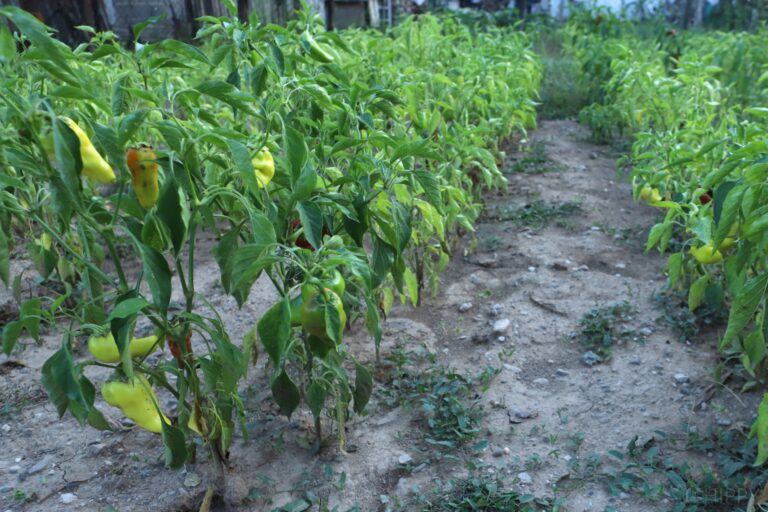
Peppers
Another one of my favorite garden vegetables, peppers likewise have a huge amount of variety. Whether you want one that is mild or truly wild, your peppers must have phosphorus to develop firm, full, flavorful and spicy fruits.
You’ll want to check soil levels and amend as necessary before you even plant them, and be sure to test periodically while they are growing. Even a momentary lapse in nutrient levels available to peppers could disrupt growth and result in a reduced harvest.
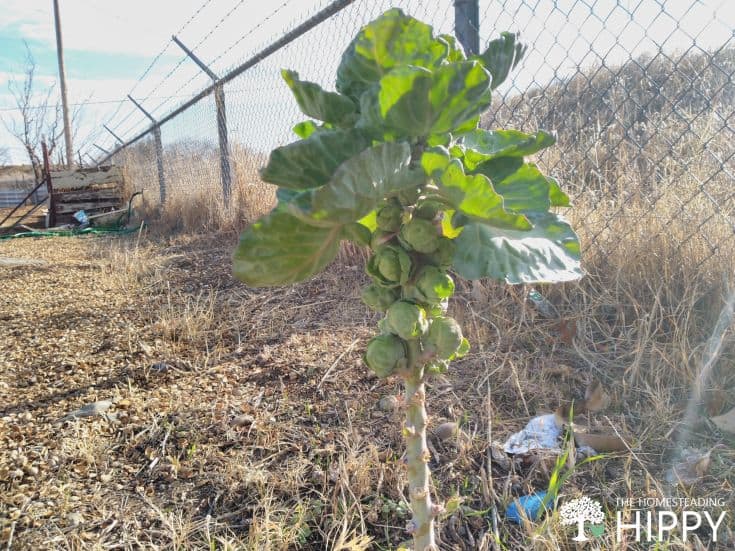
Brussels Sprouts
A supremely healthy vegetable that has been hated by entire generations of children, brussels sprouts nonetheless are surprisingly popular with adults today. Maybe it’s because they’re a healthy side option, but maybe it’s because they are genuinely versatile in a variety of recipes.
Whatever you are growing Brussels sprouts for, you’ve got to ensure they get plenty of phosphorus: that’s the only way they can develop strong roots which will subsequently support the development of firm stalks.
A lack of phosphorus will usually translate into poor development and sometimes sudden failure of a mature plant. Worse, the little edible heads will turn out bitter-tasting!
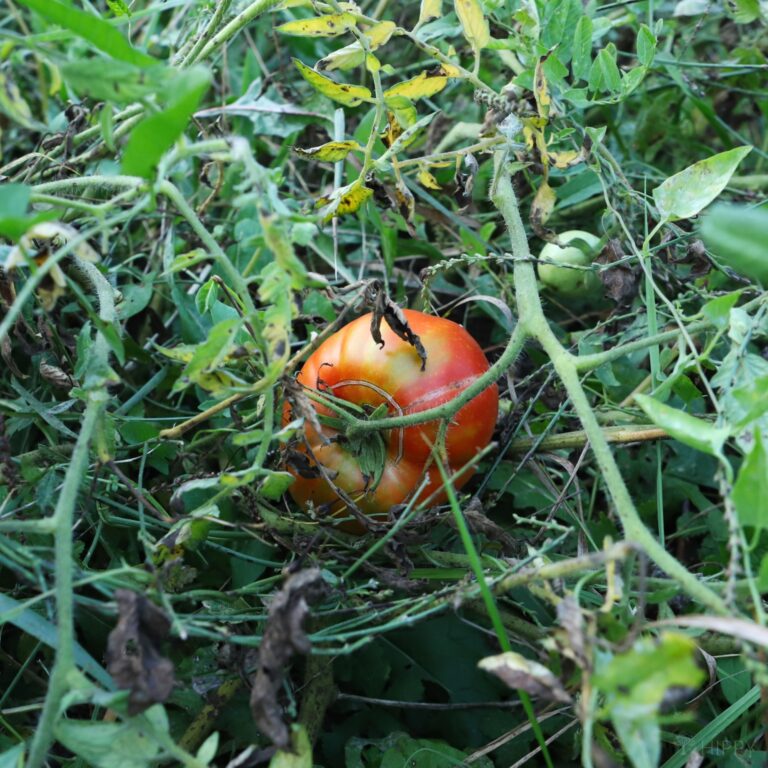
Tomatoes
Tomatoes are probably the single most ubiquitous garden vegetable there is. I don’t know anyone who hasn’t tried to grow them, and some gardeners make tomatoes their mainstay.
But tomatoes also have a justified reputation as being a temperamental and needy veggie, and one of those needs is plenty of phosphorus.
Your tomato plants have got to have phosphorus if you want them to produce plenty of plump, well-formed fruits. Be ready to give them an extra shot of phosphorus while they are developing!
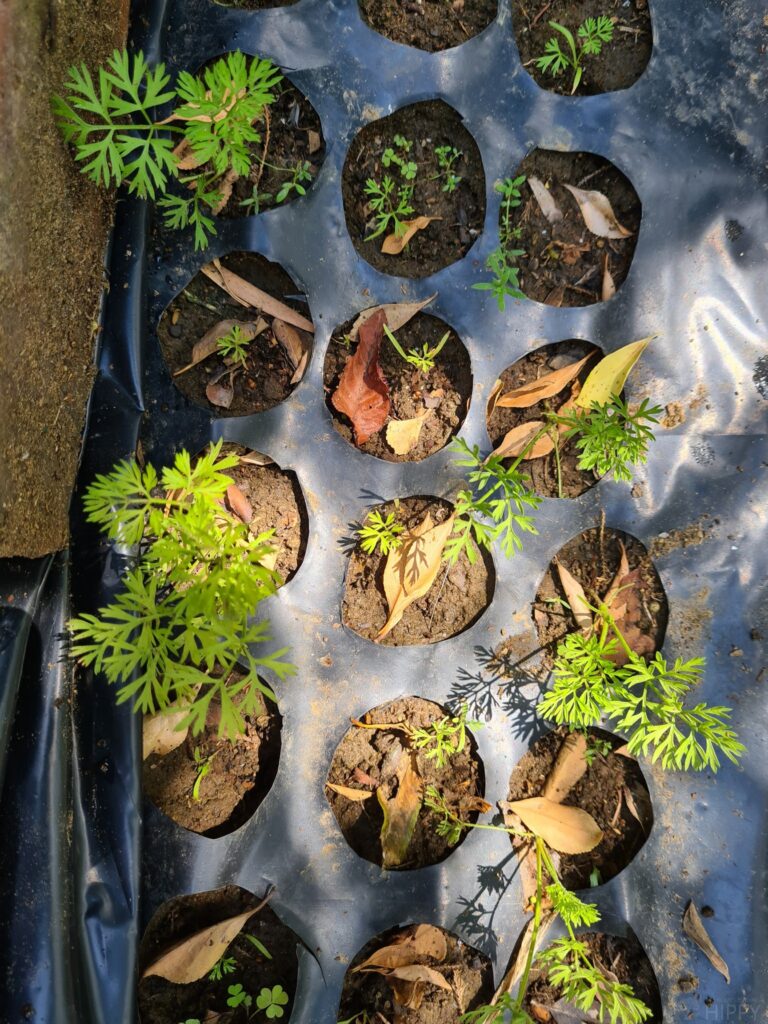
Carrots
Carrots are another ubiquitous garden veggie, one that’s highly popular for growing in raised beds. They also have a unique distinction compared to most other veggies, including some root veggies, in that they don’t need a whole lot of nitrogen compared to phosphorus and potassium.
Carrots use phosphorus to develop that main tap root, the carrot itself- that we eat. Plenty of phosphorus means the tap root will be crisp and sweet, while a lack of this mineral results in a woody, flavorless fruit.
Watermelon
I don’t know about you, but watermelons are probably my very favorite fruit to grow in the garden. Yes, they take up a lot of room, too much room if I am being honest, but the results are so good that all the sacrifices are worth it.
But if you don’t want to waste that effort in vain, you’ve got to supply your watermelon plants with lots of phosphorus at all stages of growth. It is essential if you want big, firm, sweet and moist melons.
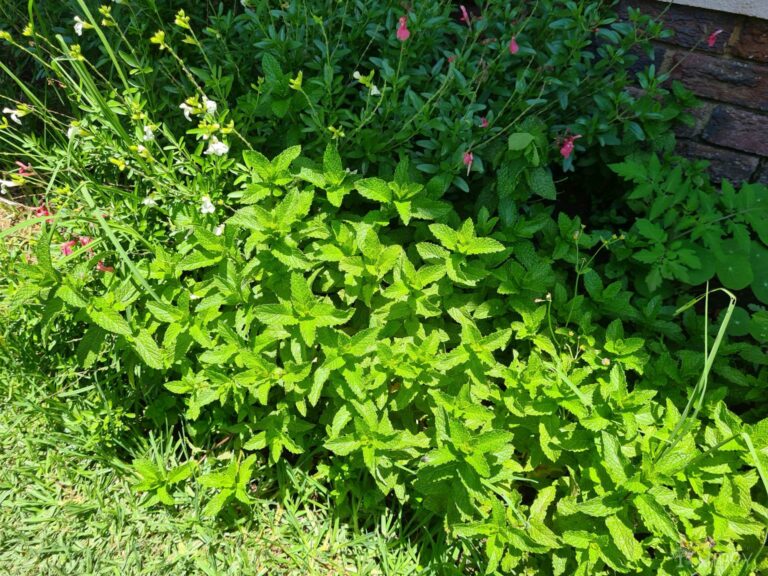
Mint
A universally loved herb, mint can be very easy to grow if it is growing in ideal conditions. Then, it will basically take care of itself. Ideal conditions include high phosphorus levels to complement the nitrogen that it needs.
Without phosphorus, your mint will be unable to develop the sturdy roots and wide, well-formed leaves that it will depend on for growth.
A lack of this mineral will also disrupt the creation and accumulation of mint oil that gives the herb its distinctive, wintery taste. It’s easy to focus on nitrogen when growing some herbs, but don’t forget the phosphorus for your mint!
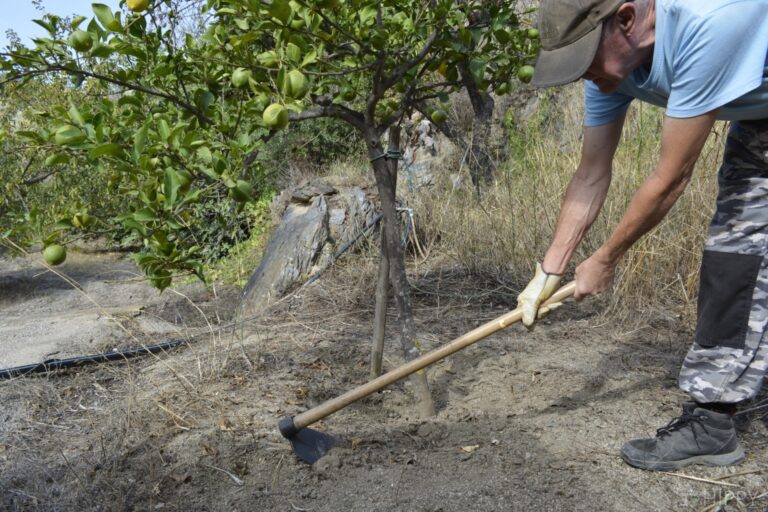
Lemon
When it comes to fruit, most folks are worried about phosphorus to ensure that their harvest will be sufficiently sweet, and the temptation is not to worry about it too much considering lemons are sour.
Don’t make this mistake, because your lemon trees still have to have plenty of it in order to grow vigorously and properly develop fruits.
Lemons that develop without enough phosphorus are often bitter and nowhere near as juicy as ones grown with plenty of it to draw from.
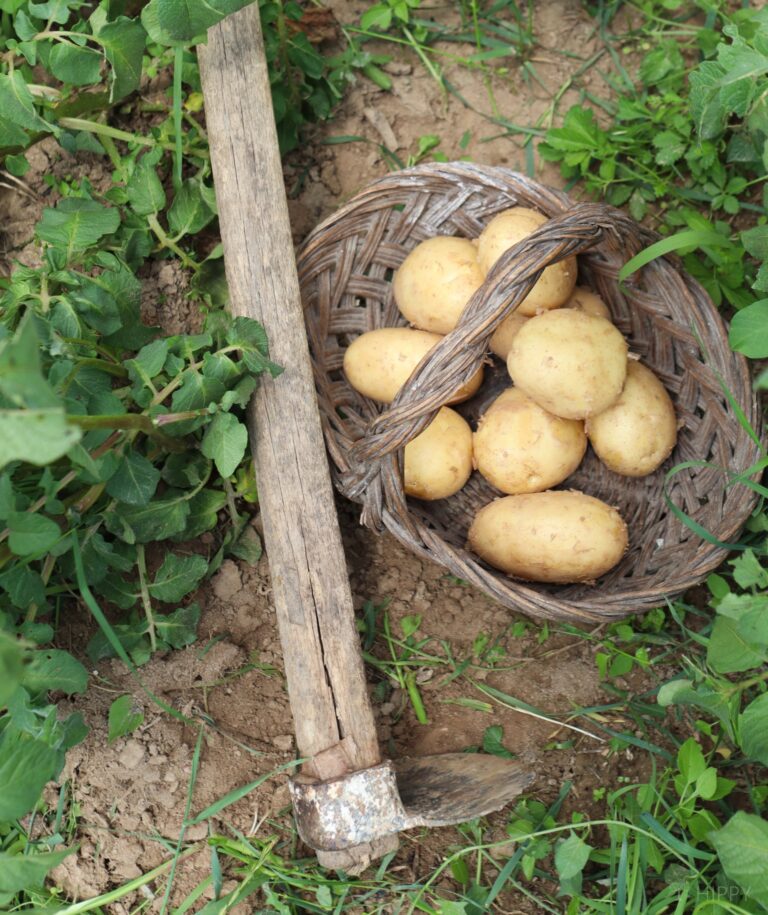
Potatoes
Depending on the variety and your local soil conditions, your potatoes might be able to get along okay without much added nitrogen but I can guarantee they will need extra phosphorus before it’s time to harvest.
Phosphorus is essential for potato plants to properly develop their tubers, the part we eat. Without it, you’ll be left with stunted or deformed potatoes that might not be fit to consume!
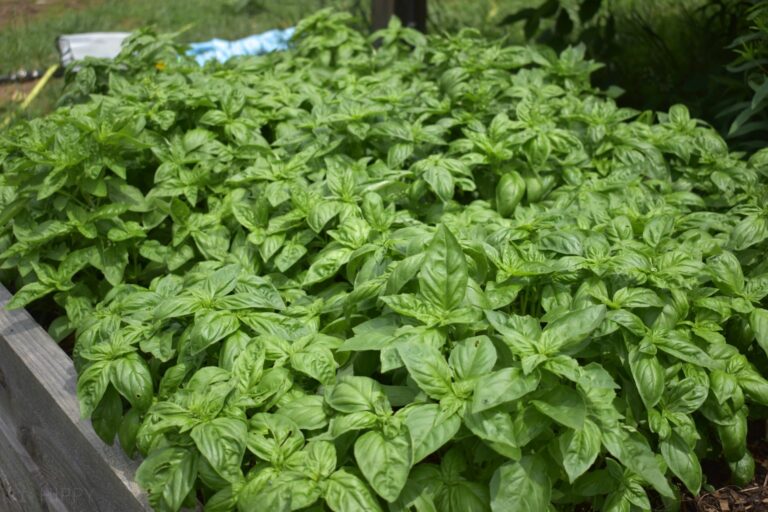
Basil
When it comes to kitchen herbs, basil needs no introduction, but if I’ve learned anything over the years it is that most gardeners overemphasize its requirements from nitrogen and neglect phosphorus a little bit.
Without phosphorus, the various chemical processes that support good health in the plan will fail and that leads to poor overall health and sometimes death.
And, like so many other plans on our list, without enough phosphorus the flavor of your basil will suffer. That’s the whole point, so make sure it gets plenty!
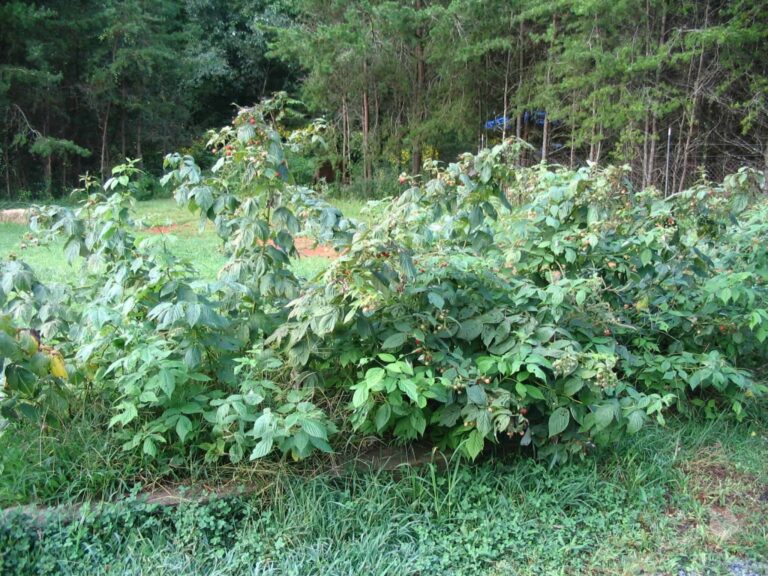
Raspberries
For anyone who has struggled to grow strawberries, raspberries can be a good antidote to that aggravation.
Raspberries are sweet, tart and nearly as versatile as strawberries and they are surprisingly robust and easy to grow. But, like all berries, you’ve got to nail their nutritional requirements, and that means they’ll need phosphorus in abundance.
Raspberries depend on phosphorus to develop the berries themselves but also to establish healthy root networks that support good health overall. No phosphorus means shabby, small and flavorless berries.
Blueberries
I can’t get enough blueberries. Truly, I’m guilty of eating so many right off of the bush it’s a miracle I have any to bring in at all. And if you want a bumper crop of sweet, plump blueberries phosphorus will be the essential nutrient.
Blueberries need phosphorus for healthy overall growth and development of fruit, and also to develop sweetness.
A little extra rarely hurts if you want sweet, award-worthy blueberries so make sure yours get plenty of phosphorus and also nitrogen, which they likewise need in abundance.
Chives
Chives are one of those ingredients you don’t really appreciate until they are missing from your favorite recipes. And if you want that extra-special flavor, chives have to have plenty of phosphorus or else they’ll be bland and flavorless.
Aside from improving the flavor, the plant needs it in order to grow strong and healthy roots which will support the growth and health of the plant overall.
If you notice that your chives are struggling to establish themselves, check your soil levels because I’ll bet it is phosphorus that is running low.
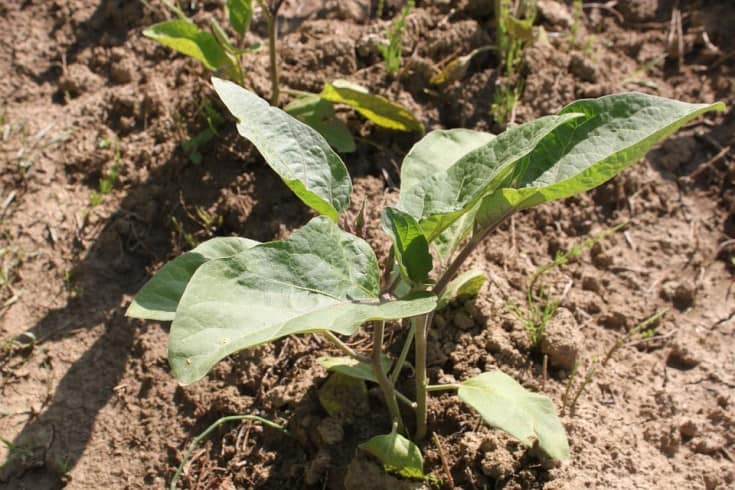
Eggplant
Believe it or not, these large and mysterious-looking veggies are related to tomatoes and peppers, and just like both of those plants elsewhere on our list, eggplants have to have lots of phosphorus to develop those dark fruits.
Specifically, eggplants need this mineral so they will grow tender, nutritious and flavorful. If your eggplants come in puny or misshapen, odds are good that they didn’t get enough phosphorus and the results will be dry, flavorless and less than appetizing.
Keep an eye on your eggplants as they develop, and if they seem dull or have irregular colors, double-check phosphorus levels and add as necessary.
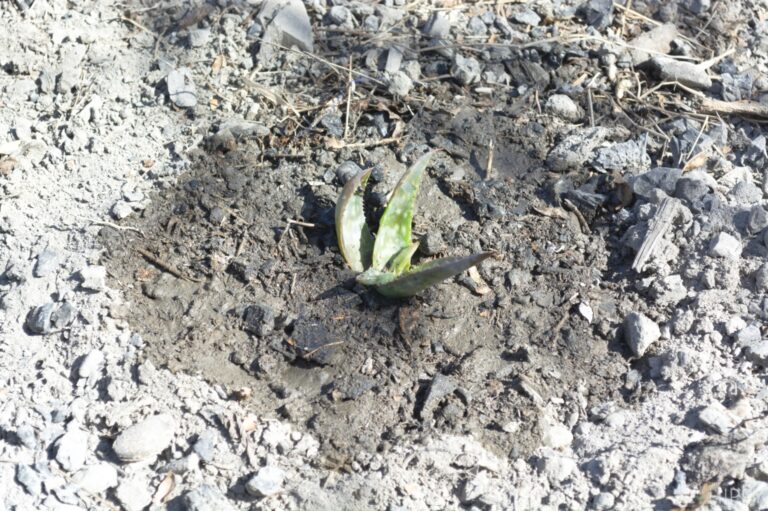
Aloe Vera
One of the most interesting, useful, and attractive plants you could grow in your garden, aloe vera has a great reputation as an all-natural burn cream and also as a beautiful decorative plant.
Aloe vera utilizes phosphorus to process carbohydrates and subsequently uses that energy for growth and the maintenance of existing tissues.
Compared to some of the other plants on our list, aloe vera does not need a ton of phosphorus, but that is no excuse to forget about it or take it for granted.
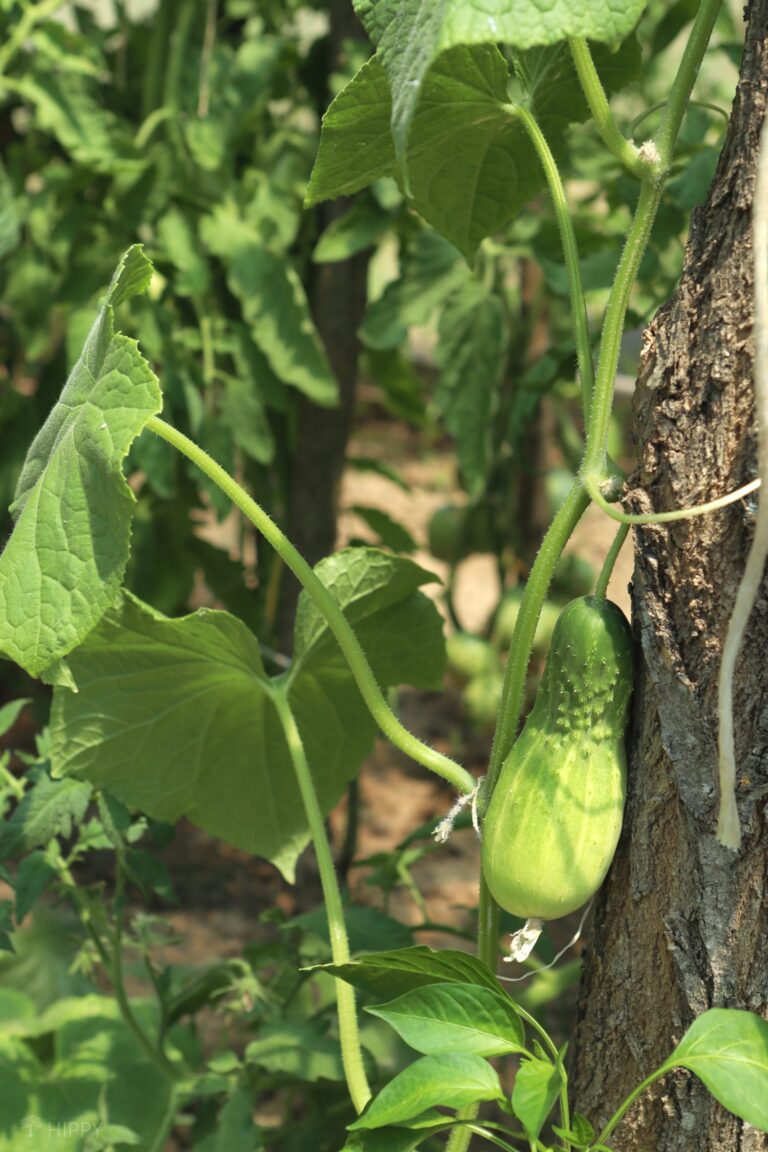
Cucumbers
Cucumbers are another favorite that me and my neighbors take turns growing. The only question is whether or not we are going to make pickles out of them, and if we are what kind!
A perfect, garden-fresh cucumber is truly a wonderful thing no matter what you’re using it for, but you’re not going to get sizable, crunchy cukes without giving them enough phosphorus.
A lack of phosphorus leads to deformities in the fruit and greatly reduced size. Even if they make it to harvest time, they might be floppy and almost gelatinous, and that’s downright gross!
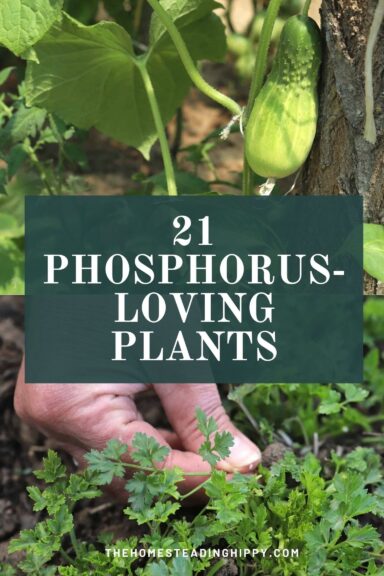
Tim is a farm boy with vast experience on homesteads, and with survival and prepping. He lives a self-reliant lifestyle along with his aging mother in a quiet and very conservative little town in Ohio. He teaches folks about security, prepping and self-sufficiency not just through his witty writing, but also in person.
Find out more about Tim and the rest of the crew here.
